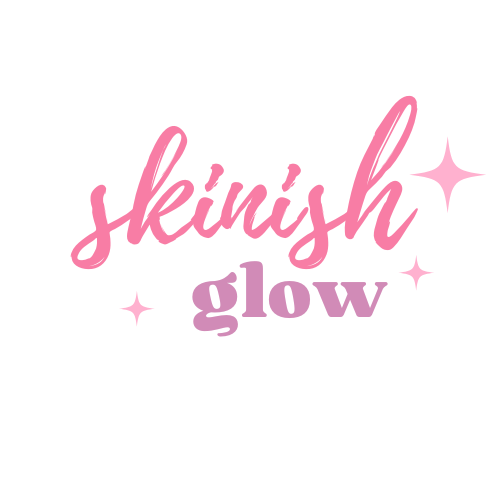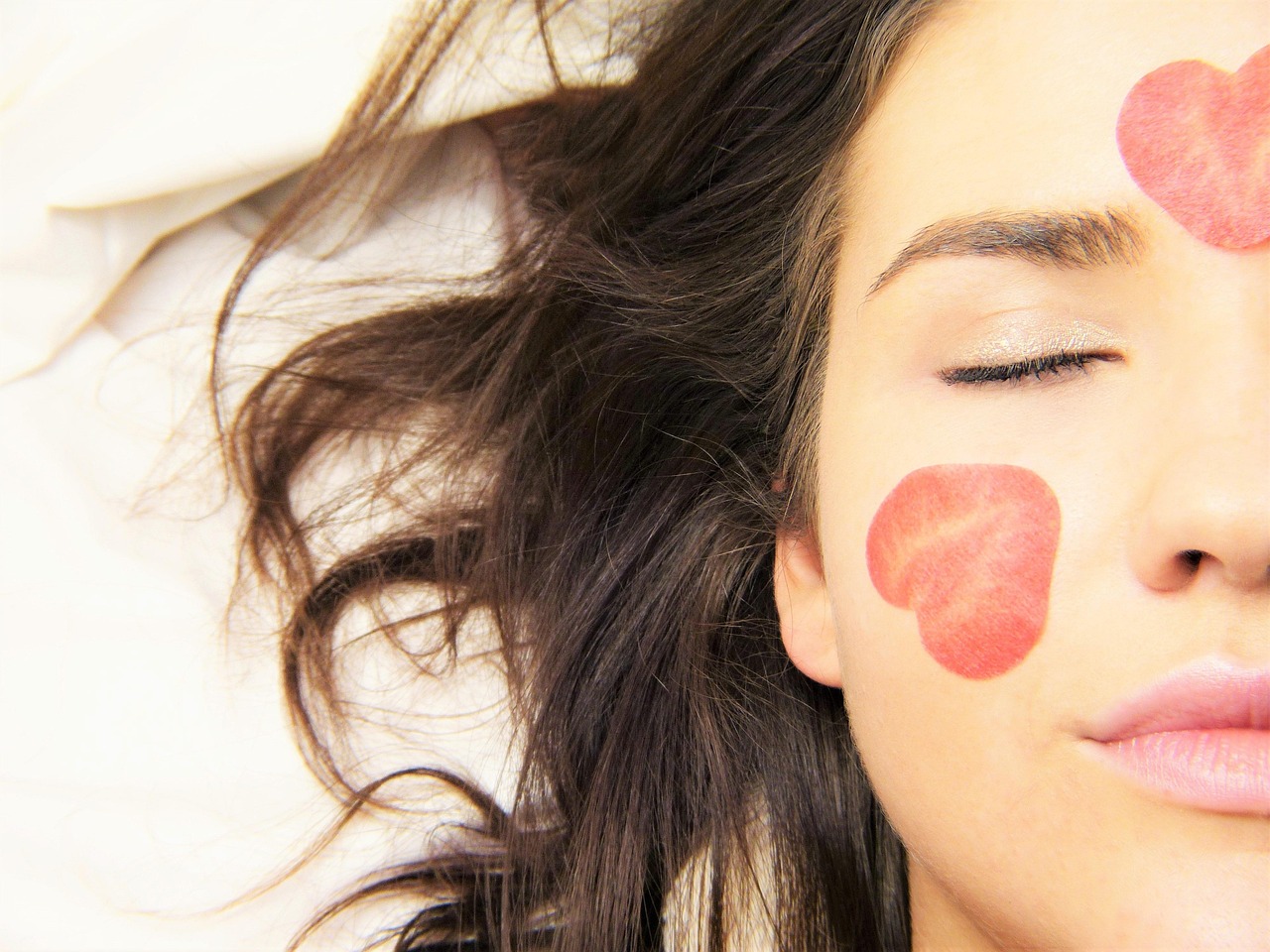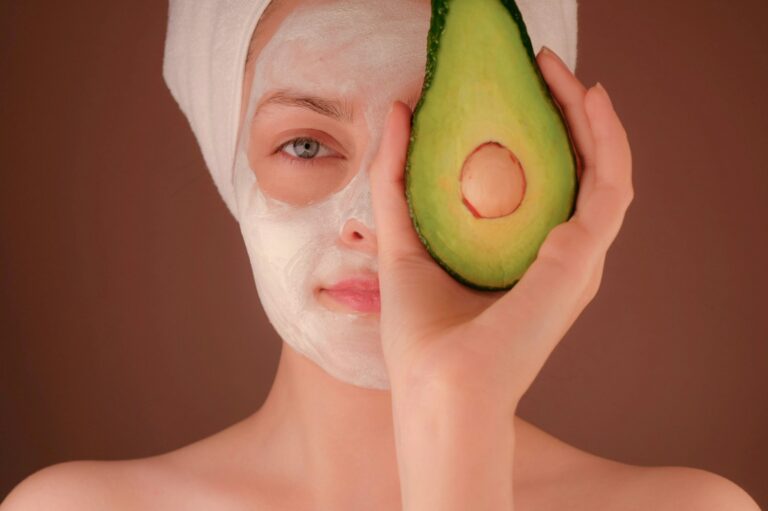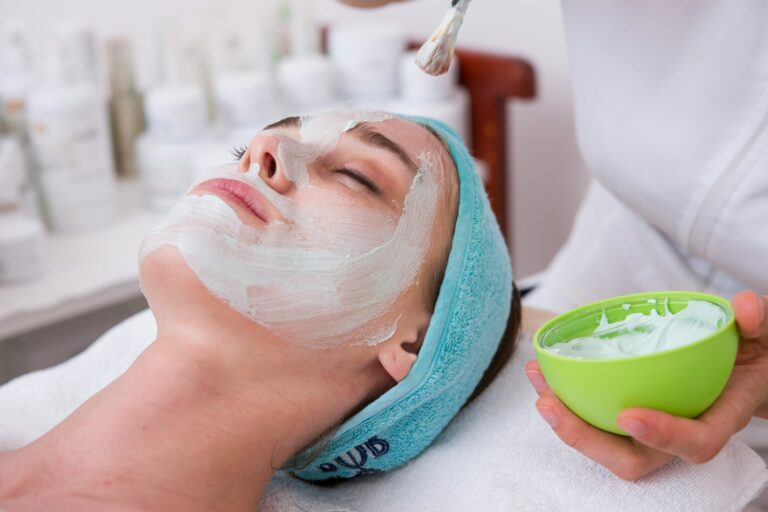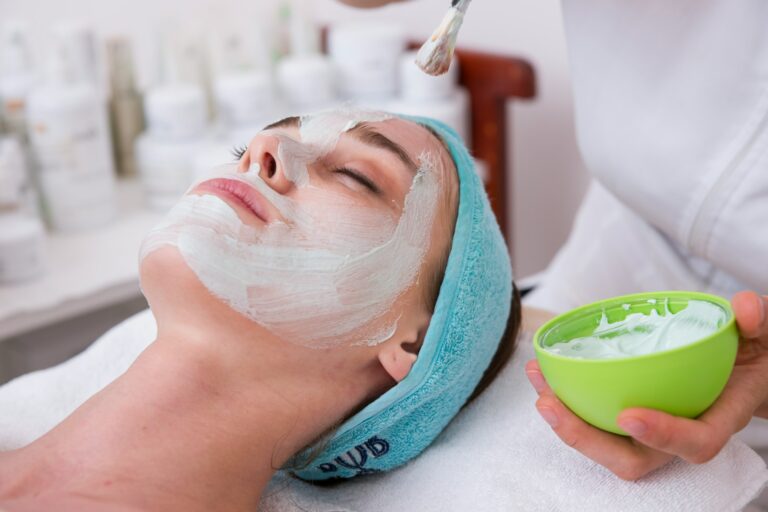Many skincare enthusiasts find themselves confused between AHA and BHA exfoliants, leading to missteps in their skincare routines. Understanding the difference between these two powerful acids can significantly enhance your skin’s health. AHA, or alpha hydroxy acid, is water-soluble and ideal for dry skin, while BHA, or beta hydroxy acid, is oil-soluble, making it perfect for oily and acne-prone skin. This post will clarify their unique benefits, helping you choose the right product for your skincare needs. Let’s dive deeper into this crucial skincare topic.
Decoding AHA: The Glycolic Acid Connection
The Science of Alpha Hydroxy Acids
Alpha hydroxy acids (AHAs), particularly glycolic acid, are water-soluble acids derived from fruit sources. Glycolic acid, the smallest AHA molecule, penetrates the skin easily, making it extremely effective at sloughing off dead skin cells and promoting cell turnover. This biochemistry is significant for products targeting issues like uneven texture, acne scars, and fine lines. The exfoliating power of AHAs stems from their ability to break the bonds between the cells of the outermost layer of the skin, leading to smoother and brighter skin as newer cells come to the surface.
Benefits: What AHA Can Do for Your Skin
AHA can transform your skincare routine by delivering various benefits that enhance skin’s health and appearance. Regular use of glycolic acid can improve skin texture, diminish the appearance of fine lines, and even help with hyperpigmentation. Clinical studies show that glycolic acid, when used consistently, can provide up to a 30% improvement in overall skin texture within a few weeks. Expect improvements in radiance and a reduction in dullness as you incorporate AHA into your regimen.
Beyond texture enhancement, AHAs are particularly effective for those with oily or acne-prone skin. By exfoliating the surface, glycolic acid helps to keep pores clear, preventing the clogging that can lead to breakouts. Additionally, the moisture-retaining properties of glycolic acid mean that it can hydrate the skin while exfoliating, striking a balance between firmness and softness without causing excessive dryness. This dual action makes it a powerful ally in achieving glowing, healthy skin.
Unpacking BHA: Salicylic Acid Essentials
The Chemistry Behind Beta Hydroxy Acids
Beta Hydroxy Acid, more commonly known as BHA, primarily refers to salicylic acid. This compound is lipid-soluble, which means it can penetrate the oil in your pores, making it incredibly effective for those with oily or acne-prone skin. Unlike Alpha Hydroxy Acids (AHAs), which are water-soluble and work mainly on the skin’s surface, BHA explores deeper, assisting in exfoliation from within the pores. Its unique structure allows it to dissolve sebum and skin debris, which can clog hair follicles and lead to breakouts.
Salicylic acid’s effectiveness is further enhanced by its ability to reduce inflammation and redness, typical symptoms associated with acne. Even at lower concentrations, you can benefit from its exfoliating properties, as it continuously works to fight acne while promoting a clearer, smoother complexion. The ability to penetrate deeply into the skin layers makes this acid a preferred choice for comprehensive acne treatment.
Benefits: How BHA Tackles Oily and Acne-Prone Skin
For those grappling with oily skin or recurrent breakouts, incorporating BHA into your skincare routine can be a game changer. This acid helps to unclog pores by breaking down the accumulation of dead skin cells and excess sebum, effectively preventing the formation of acne. Additionally, salicylic acid has anti-inflammatory properties that help soothe the skin, reducing the redness and swelling that often accompany breakout flare-ups.
Research indicates that regular use of salicylic acid can lead to significant improvements in the overall texture and tone of your skin, with noticeable reductions in blackheads and whiteheads. In studies, concentrations of just 0.5% to 2% salicylic acid have been shown to decrease acne lesions while simultaneously improving skin smoothness. As the BHA helps to regulate oil production, you may find that your skin feels less greasy, leading to a more matte appearance and a boost in confidence.
AHA vs. BHA: The Battle of Exfoliation Methods
Chemical Properties that Set Them Apart
Both AHA and BHA are effective exfoliants, but their chemical structures lead to distinct properties and functionalities. AHAs, being water-soluble, primarily work on the skin’s surface, enhancing skin texture and brightness. Their ability to dissolve the bonds holding dead skin cells makes them ideal for producing a glowing complexion. On the other hand, BHAs are oil-soluble, enabling them to penetrate deeper into pores, effectively clearing them of excess oil and debris. This characteristic makes BHAs particularly suited for acne-prone skin, as they can address issues below the surface.
Furthermore, while both acids promote cell turnover, the pH level of each plays a significant role in their efficacy. AHAs tend to work optimally at a pH between 3 and 4, while BHAs can be effective at a slightly higher pH. This difference in pH capabilities allows you to target specific skin concerns based on your needs. For example, if you’re looking to enhance your skin’s radiance, you might favor an AHA; conversely, if you struggle with breakouts, BHA would be the better option.
Ideal Skin Types for Each Exfoliant
Your skin type is a vital consideration when determining between AHA and BHA. Generally speaking, individuals with dry and sun-damaged skin benefit most from AHA products due to their ability to increase moisture retention and improve overall skin texture. Such acids are adept at addressing issues related to surface-level dryness and uneven skin tone. People with oily or acne-prone skin, however, are better suited to BHAs. The oil-soluble nature of BHAs means they can efficiently reach into clogged pores, reducing and preventing breakouts.
Focusing on your unique skin challenges can make a significant difference in your skincare results. If you experience hyperpigmentation or signs of aging, AHA will help in the renewal process and stimulate collagen production. Alternatively, for those facing issues like blackheads, enlarged pores, or persistent acne, BHA can clear away impurities and reduce inflammation. Understanding which exfoliant aligns with your skin’s needs allows for an effective and personalized skincare routine.
| AHA | Best for surface exfoliation, enhancing skin radiance, and suitable for dry and mature skin types. |
| BHA | Penetrates deep into pores, making it ideal for oily and acne-prone skin. |
| Optimum pH | AHAs function best at a pH of 3-4, while BHAs thrive at a higher pH. |
| Hydration Boost | AHAs help retain moisture and improve skin texture. |
| Clogged Pores | BHAs excel at unclogging pores and preventing inflammation. |
- Surface Exfoliation: AHA is great for this.
- Deep Penetration: BHA can access deeper skin layers.
- Skin Type Suitability: AHAs for dry skin, BHAs for oily skin.
- Hydration: AHAs increase moisture levels effectively.
- Acne Prevention: BHAs prevent breakouts.
Perceiving which exfoliant resonates better with your skincare goals is fundamental to achieving clearer, healthier skin. Understanding these properties equips you with the tools necessary to enhance your routine efficiently.
| AHA | Suitable for skin types that require hydration and luminosity. |
| BHA | Effective for skin types prone to excess oil and occasional breakouts. |
| Sun Damage | AHA is particularly beneficial for treating sun-damaged skin. |
| Blackheads | BHA directly targets blackheads and clogged pores. |
| Overall Approach | Your skin type largely dictates which acid to include. |
- Skin Challenges: Identifying your specific skin challenges is key.
- Personalized Routine: Customizing your approach enhances results.
- Long-Term Benefits: Both acids provide long-term benefits when used appropriately.
- Pore Cleansing: BHA is important for deep cleansing.
- Radiance Boost: AHA naturally promotes radiance.
Perceiving the nuances between AHA and BHA enables you to craft a skincare routine that is truly tailored to your unique needs, thereby achieving optimal skin health.
Practical Application: How to Incorporate AHA and BHA in Your Skincare Routine
Layering Strategies for Maximum Effect
Combining AHA and BHA in your skincare routine can yield incredible results, but the order in which you apply them matters significantly. Start by cleansing your skin thoroughly, ensuring all dirt and makeup are removed. If you’re using both AHA and BHA, apply the product that targets your primary concern first. For example, if you’re battling oily skin and clogged pores, use BHA first, then follow up with AHA to address any texture or pigmentation issues. This method allows the oil-soluble BHA to penetrate deep into your pores before the water-soluble AHA enhances surface exfoliation.
Pay attention to your skin’s reaction as you layer your products. If you experience irritation, adjust the frequency or concentration of the acids. A good practice is to alternate usage; for instance, you might use BHA one evening and AHA the next. Additionally, incorporating a hydrating serum or moisturizer after the acids will help soothe and replenish your skin, reducing potential dryness or irritation.
Common Mistakes to Avoid When Using Acids
Many individuals mistakenly think that higher concentrations of AHA or BHA are always better, leading to over-exfoliation and compromised skin barriers. Stripping your skin of its natural moisture can also result in increased oil production, which contradicts the goals of using these acids. Always pay attention to the recommended usage guidelines on the product labels and avoid layering multiple acid-based products simultaneously, as this can overwhelm your skin.
Another frequent misstep is neglecting to incorporate sunscreen into your daily routine after using AHA or BHA. These acids can increase your skin’s sensitivity to sunlight, making it imperative to use a broad-spectrum sunscreen of at least SPF 30 every day. Without proper sun protection, you may expose your skin to damage, counteracting the benefits of your exfoliation efforts.
Expert Insights: When to Choose AHA Over BHA (and Vice Versa)
Dermatologist Recommendations and Tips
Your skincare needs dictate whether you should opt for AHA or BHA. If you have skin that leans towards dullness or exhibits signs of aging, AHA is likely your best choice. Dermatologists often recommend it for its ability to enhance skin texture and add radiance. Alternatively, if you’re fighting against breakouts or have oily skin, the recommendation typically shifts towards BHA, as its oil-soluble properties allow it to penetrate deep into pores and exfoliate from within.
- Choose AHA for dry, sun-damaged, or aging skin types.
- Opt for BHA if you have oily skin or are prone to acne.
- Consider your skin’s sensitivity; AHA can be more irritating for some.
- Always conduct a patch test, especially with higher concentrations.
- Integrate these acids into your routine gradually to avoid overwhelming your skin.
Recognizing what works best for your skin helps to maximize the benefits of these exfoliants, paving the way for healthier skin in the long run.
Real-Life Skin Transformation Stories
Numerous individuals have shared their success stories after incorporating AHA or BHA into their skincare regimens. For instance, a woman who struggled with uneven skin tone and frequent breakouts saw remarkable improvements after switching to an AHA serum, which not only smoothed her skin but also revitalized its appearance. Others have reported needing to reach for a BHA exfoliant to tackle stubborn acne, noting that within weeks, their complexion cleared significantly while reducing the size of their pores.
These firsthand accounts emphasize the tangible benefits of both acids. Whether seeking a brighter, more youthful glow from AHA or wanting to reclaim clarity and balance through BHA, their powerful effects can lead to transformative results. Ongoing testimonials consistently highlight how these products are not just a fleeting trend but important components of effective skincare routines that deliver on their promises.
To Wrap Up
Presently, understanding the differences between AHA and BHA is necessary for tailoring your skincare routine effectively. AHA, or alpha hydroxy acid, primarily caters to those with dry or sun-damaged skin, as it works best on the skin’s surface to promote hydration and improve texture. In contrast, BHA, or beta hydroxy acid, penetrates deeper into the pores and is ideal for you if you are dealing with oily or acne-prone skin. By recognizing your unique skin type and concerns, you can select the right acid to enhance your skincare regimen.
Incorporating AHA or BHA into your routine can yield significant improvements when used consistently and in the right formulations. You should always test new products on a small area of skin to gauge tolerance before full application. Additionally, don’t overlook the importance of sun protection, as both acids can increase your skin’s sensitivity to UV rays. Ultimately, by aligning these powerful ingredients with your specific skincare needs, you can achieve a radiant and healthier complexion.
